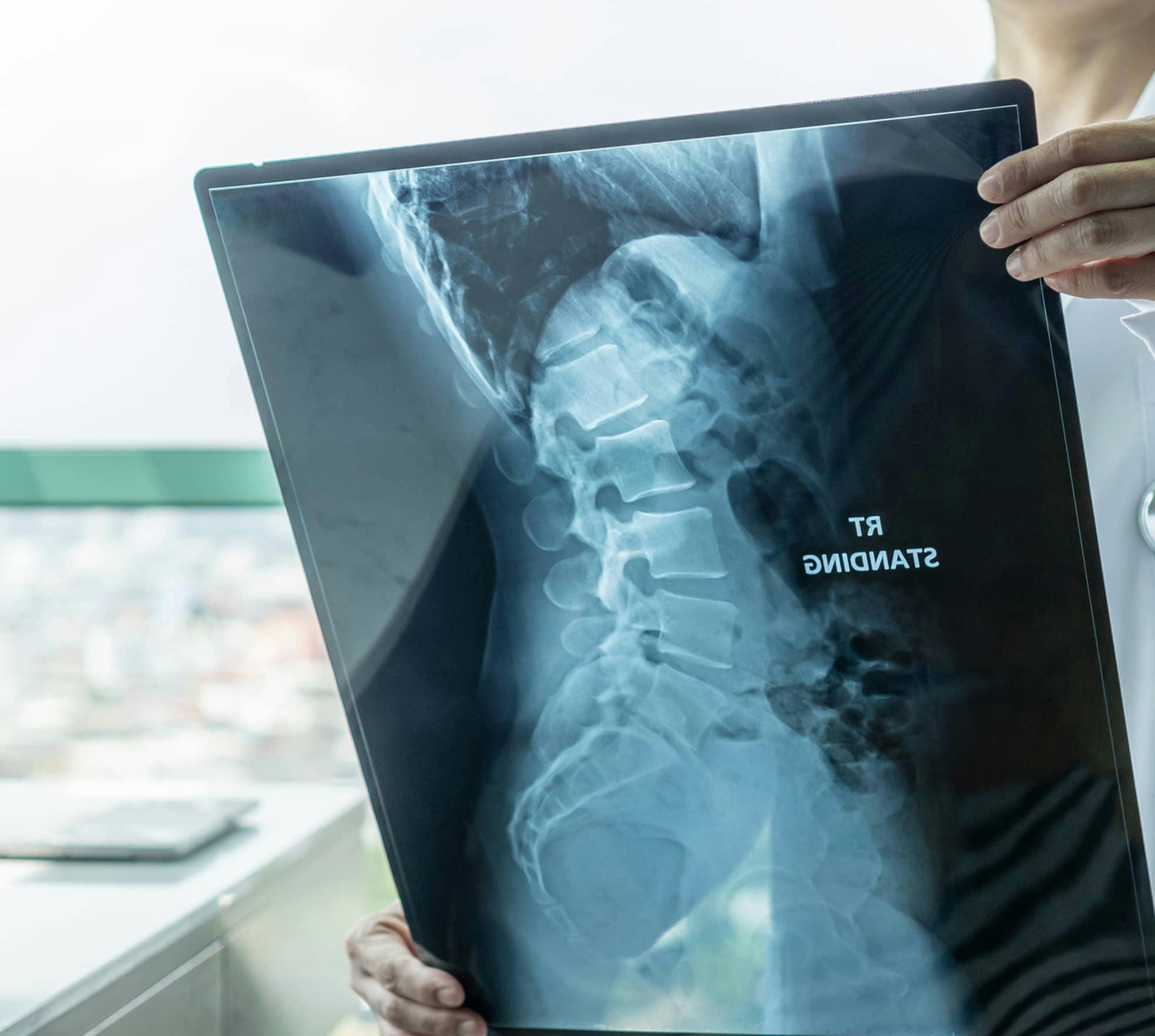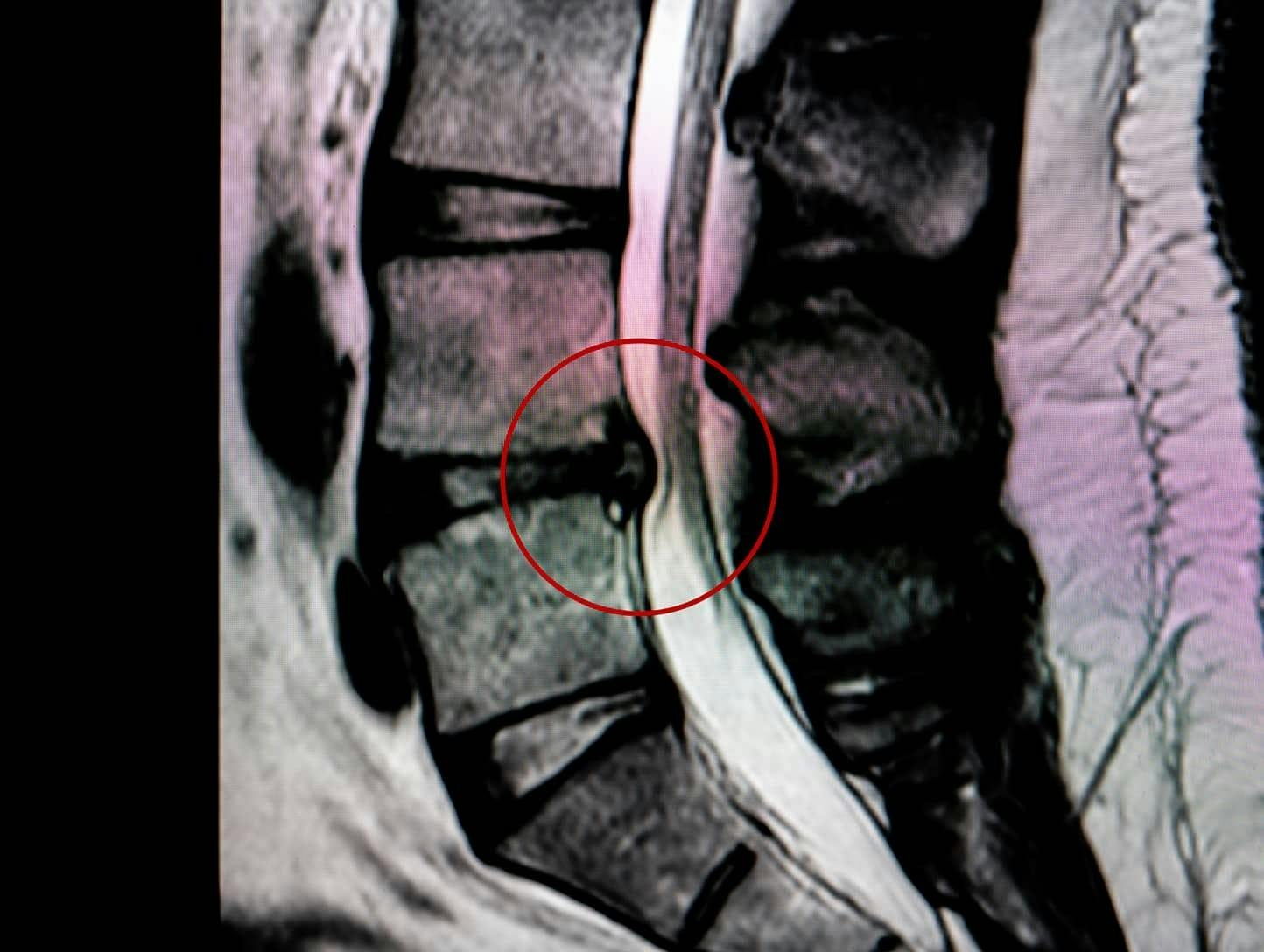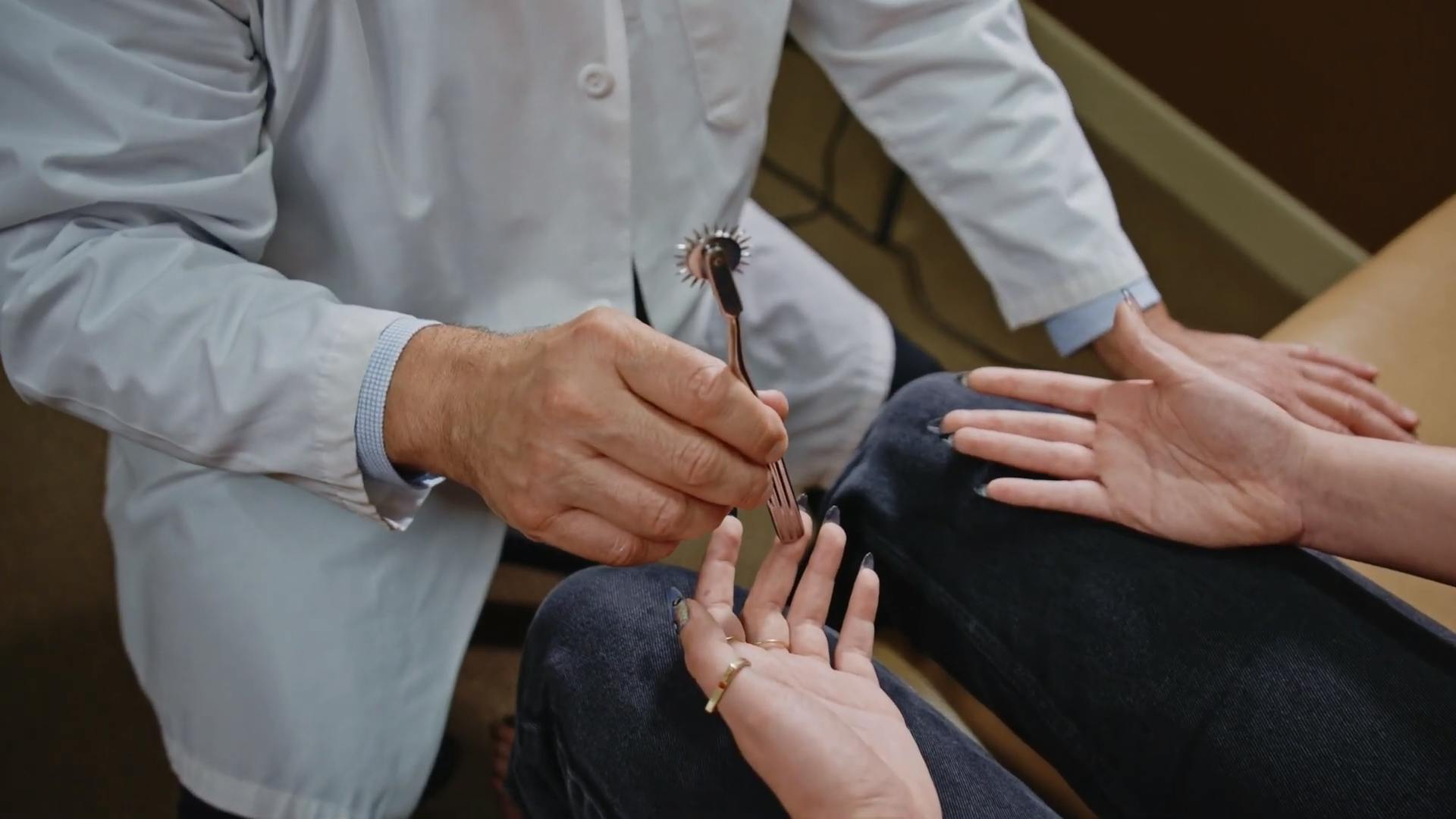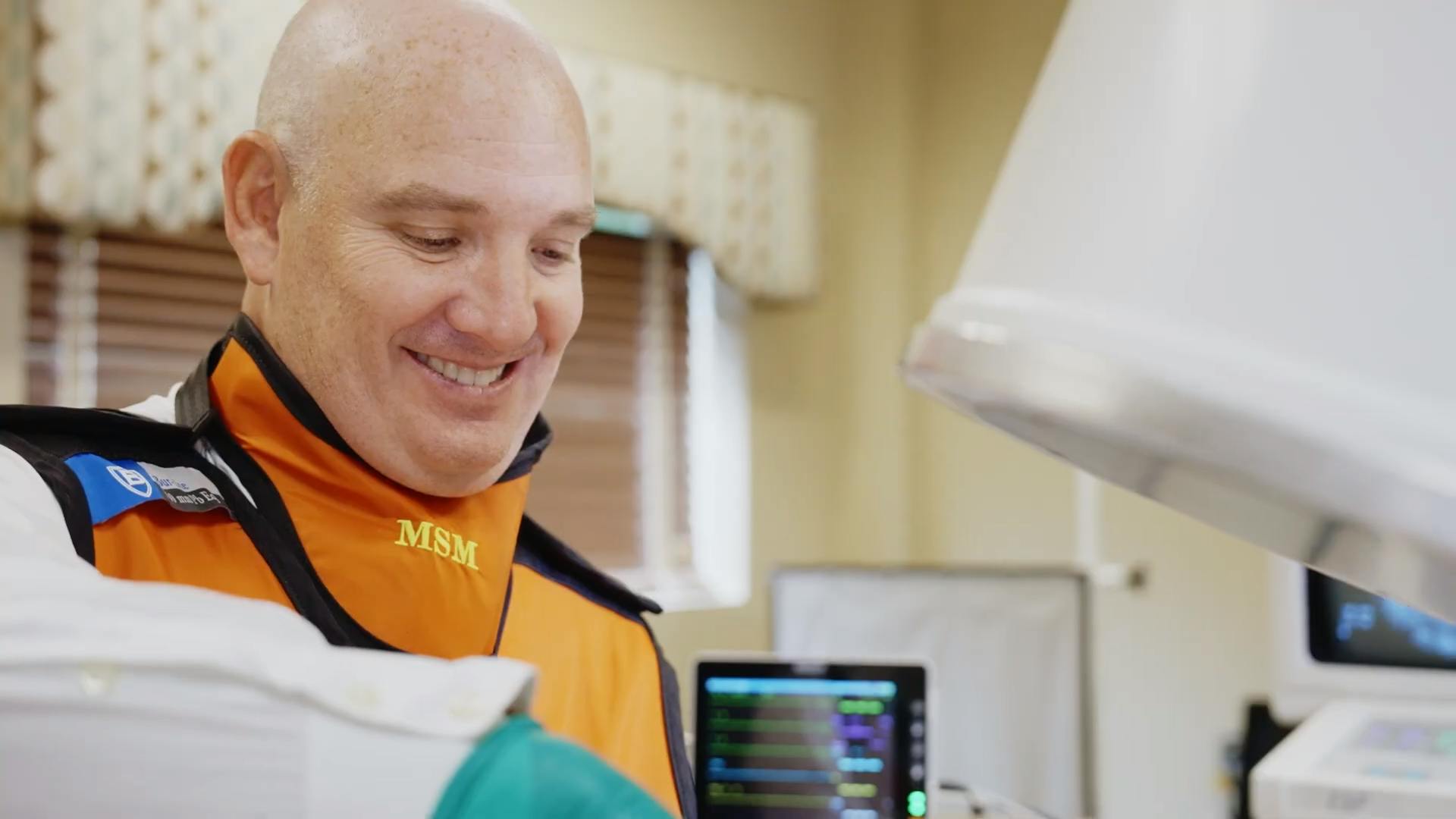Get to Know Our New Jersey Orthopedic Experts
What is Disc Replacement Surgery?
- Approved by the FDA for the Lumbar (lower back) region and Cervical (neck) region, disc replacement surgery is an alternative to traditional spinal fusion.
- Disc replacement surgery replaces one or more damaged, diseased, or degenerative discs with artificial discs.
- The artificial disc is constructed from a polyethylene core sandwiched between two endplates made of a cobalt-chrome alloy.
Disc Replacement Surgery:
- The procedure restores the vertebrae above and below the disc to their normal position.
- This prevents those vertebrae from pressing on the nerves between them and causing pain.
- By inserting new discs, this procedure preserves the flexibility of the spine.

Conditions Treated by Disc Replacement Surgery
Cervical
- Cervical Disc replacement surgery offers patients with radiculopathy and myelopathy related to herniated disc and/or degenerative cervical disc disease (DDD) in the cervical spine an alternative to spinal fusion surgery.
- Cervical Disc replacement technology replaces a diseased or damaged disc. Artificial disc replacement offers the potential for preserved neck mobility at the treated vertebral level. Cervical Disc replacement is available in a variety of sizes that allow surgeons to closely match a patient's anatomy.
Lumbar
- Lumbar Disc replacement surgery represents a new treatment option for patients with degenerative disc disease who have ongoing lower back pain that does not respond to conservative treatments.
- Long-term studies suggest that artificial disc replacement (ADR) technology protects the adjacent levels of the spine from degeneration due to overloading. As opposed to spinal fusion, ADR maintains or restores mobility of the spine.
The Typical Results of Disc Replacement
Cervical
- Cervical artificial disc replacement involves replacing the damaged disc with prosthetic device is designed to mimic the function of a natural disc. This may successfully preserve the mobility within the disc space and throughout the treated vertebral segment.
- International and FDA studies show that cervical disc replacement may be superior to an anterior cervical fusion regarding pain and neurological deficit.
Lumbar
- Total disc replacement provides both mechanical stability and restored mobility to the spine and significant pain relief to the patient. The synthetic material used in total disc replacement enables a greater post-operative range of motion. In addition, patients typically return to their normal activities within two to six weeks after surgery with their back pain alleviated.
- European studies, bolstered by USA experience since FDA approval, suggest that disc replacement offers a safe and effective alternative to traditional spinal fusion. Its effectiveness has been validated by long-term results in Europe. At the Center for the Functional Restoration of the Spine, patients are carefully monitored to ensure the ideal results.
How Patients Respond to Disc Replacement
Cervical
- Patient response to disc replacement has been positive. A cervical disc replacement is performed through the same approach as an anterior cervical fusion. Patients can leave the hospital within 24 hours without the need for a brace.
Lumbar
- Patient response to disc replacement has been positive. The surgery requires an anterior approach for the lumbar disc replacement. Disc replacement surgery has a shorter recovery process and allows a faster return to normal activity when compared to fusion.


Our Utmost Concern for Your Well-being and Comfort
At the Center for the Functional Restoration of the Spine in Shrewsbury, Toms River, and Edison, we take immense pride in our patient-centered approach. Our commitment to your health and comfort extends beyond the realm of medical treatment; it centers on fostering unwavering trust and providing exceptional care.
It’s Time to Get Relief
You don’t deserve to continue suffering from back and neck pain - you can find the assistance you require at the Center for the Functional Restoration of the Spine. Whether you require Disc Replacement or another treatment, our expert orthopedic team will sensitively evaluate your needs and deliver a customized treatment plan to help you get relief.
With over two decades of experience, Dr. Paragioudakis and his partnership with Dr. Menkowitz for more than 15 years are a testament to our enduring commitment. Reach out to us today by phone or schedule an appointment online – you owe it to yourself to move past the pain and feel like yourself again.





